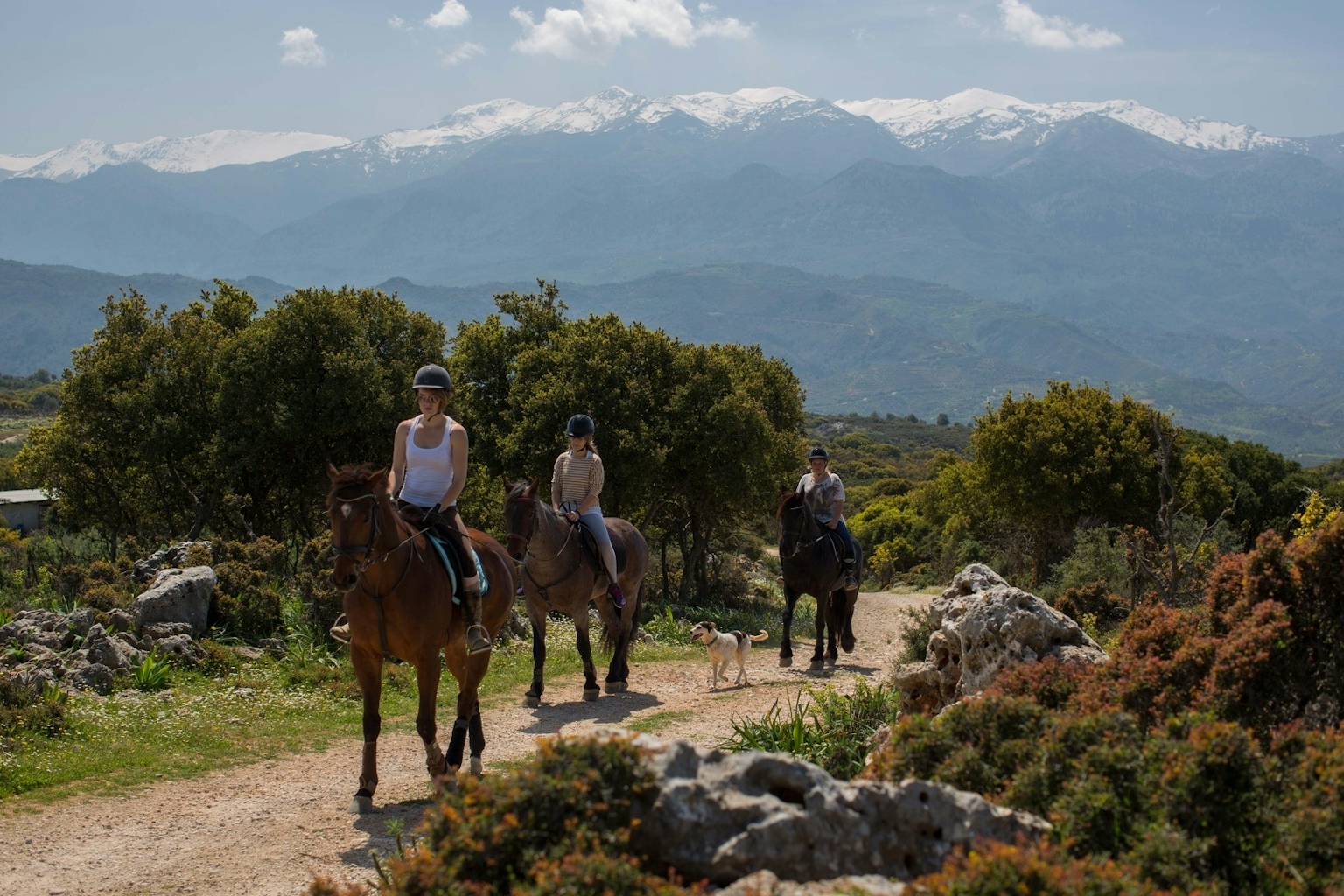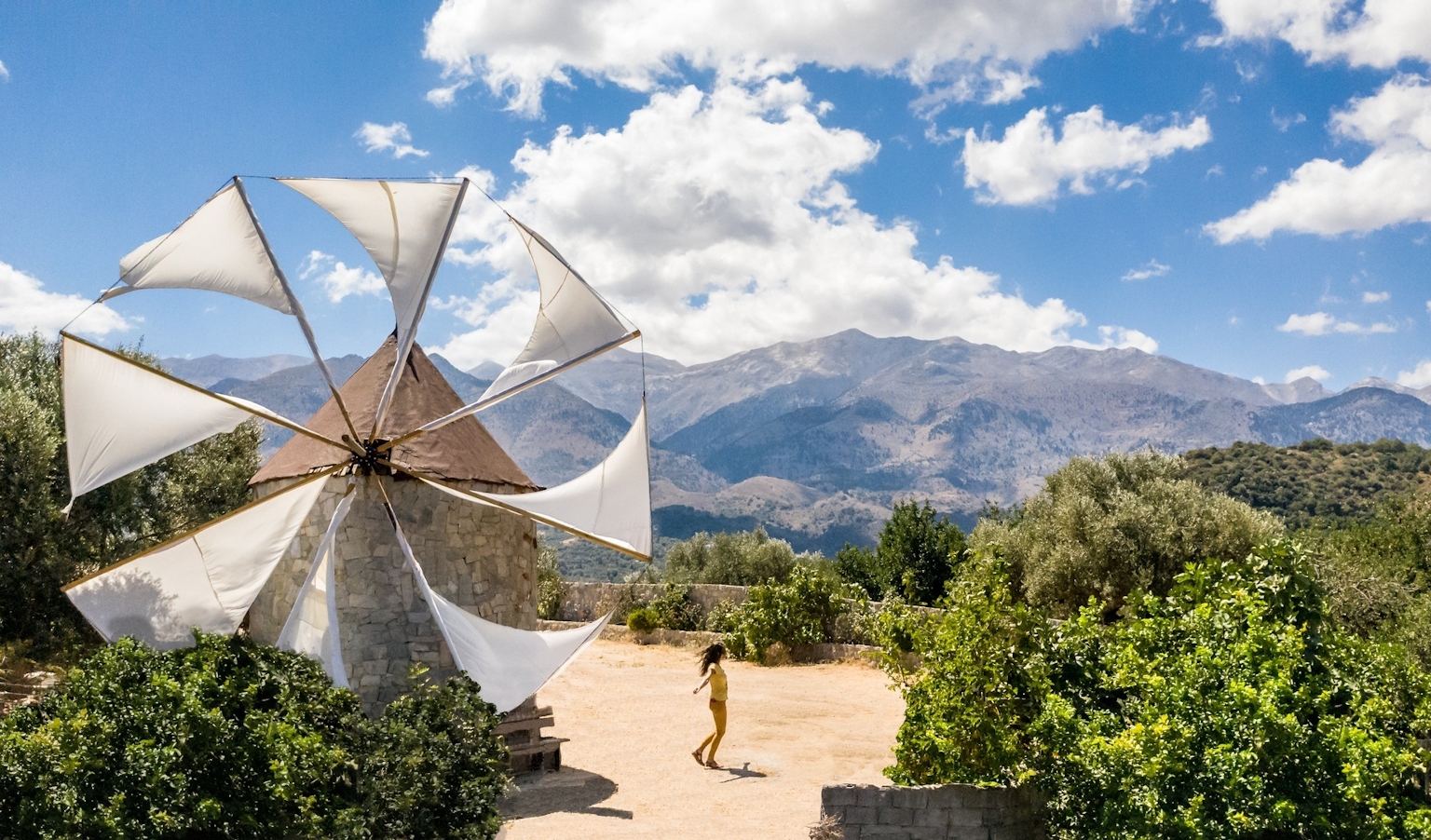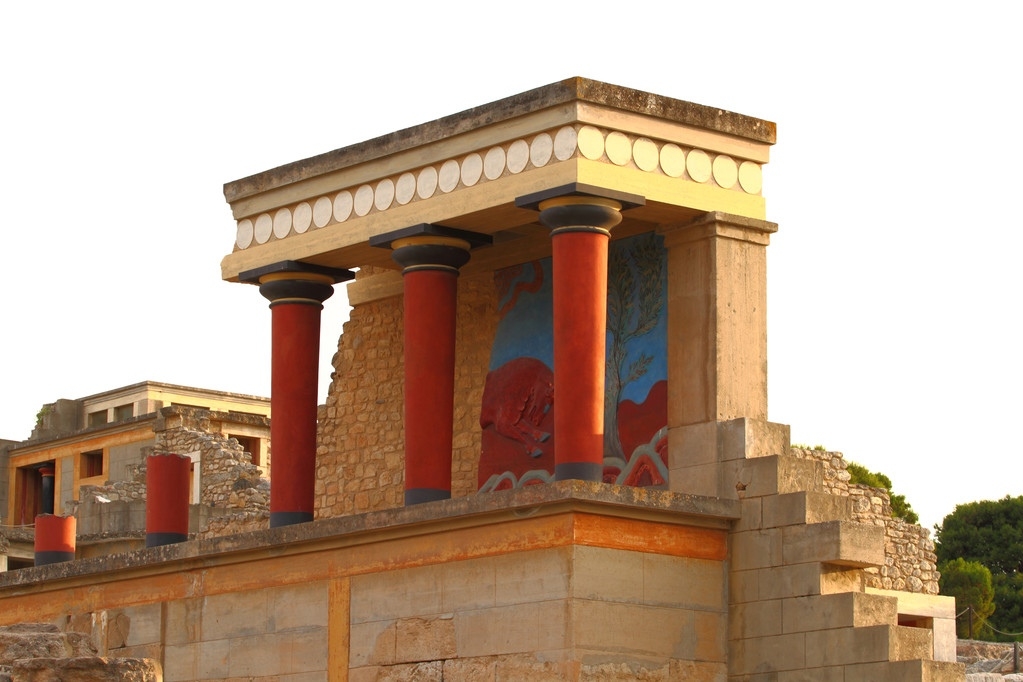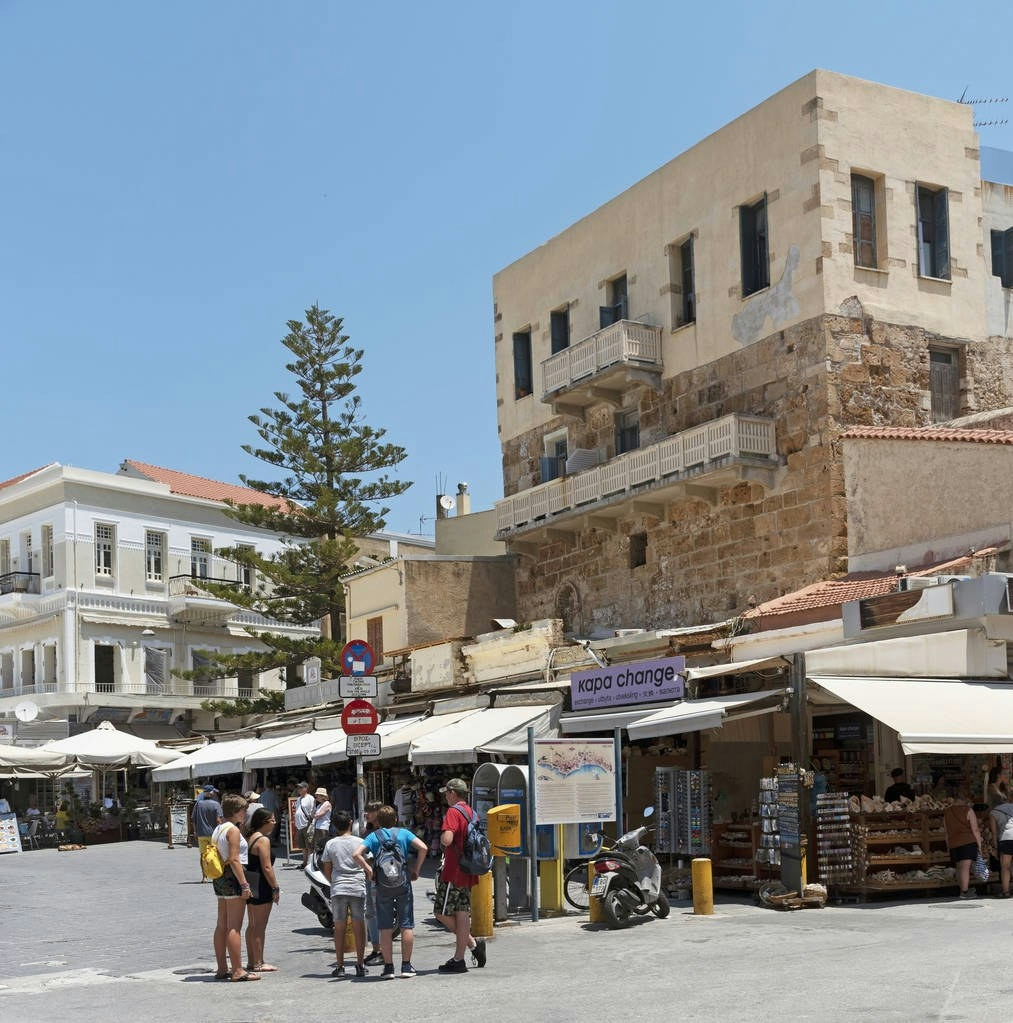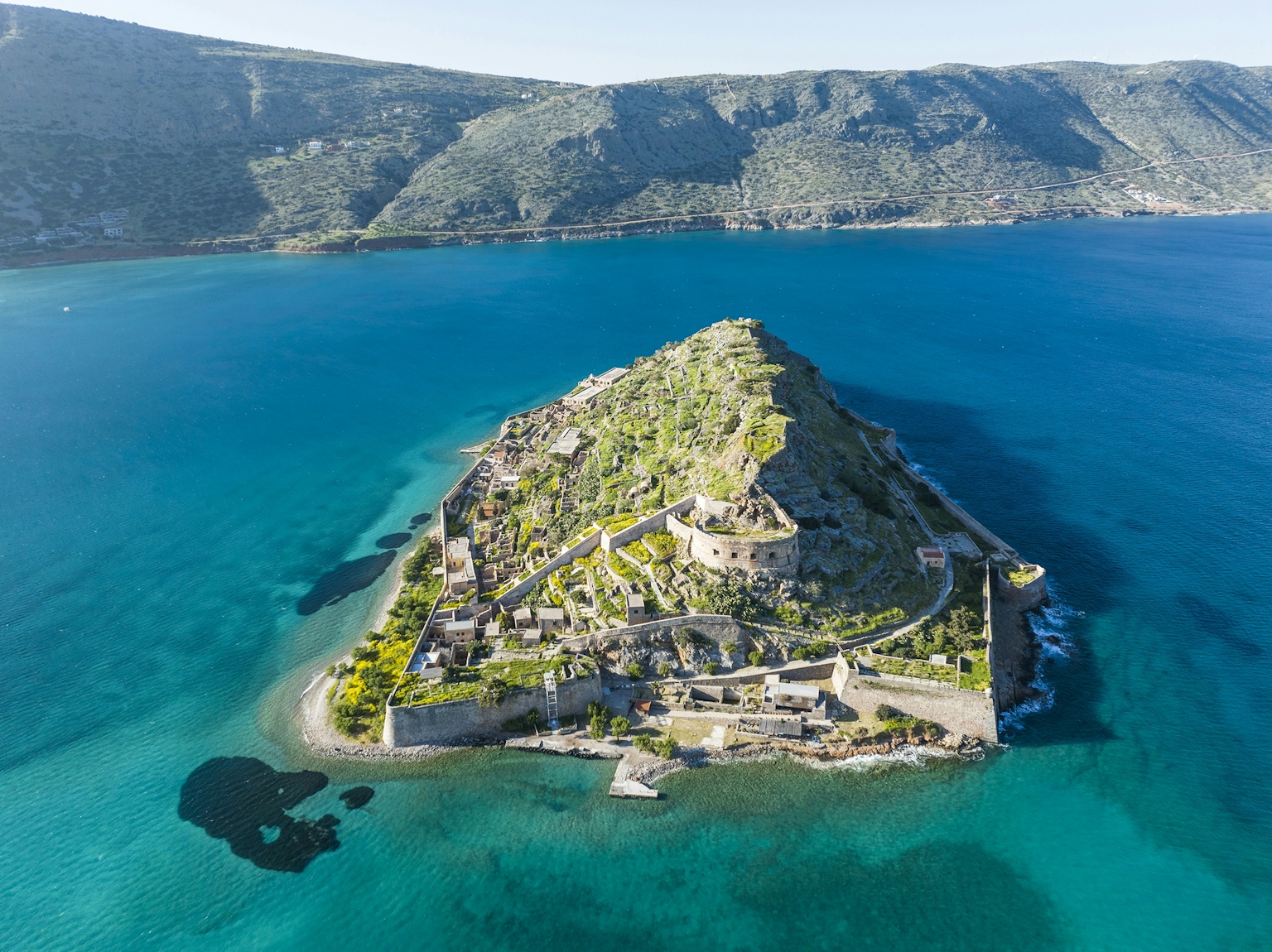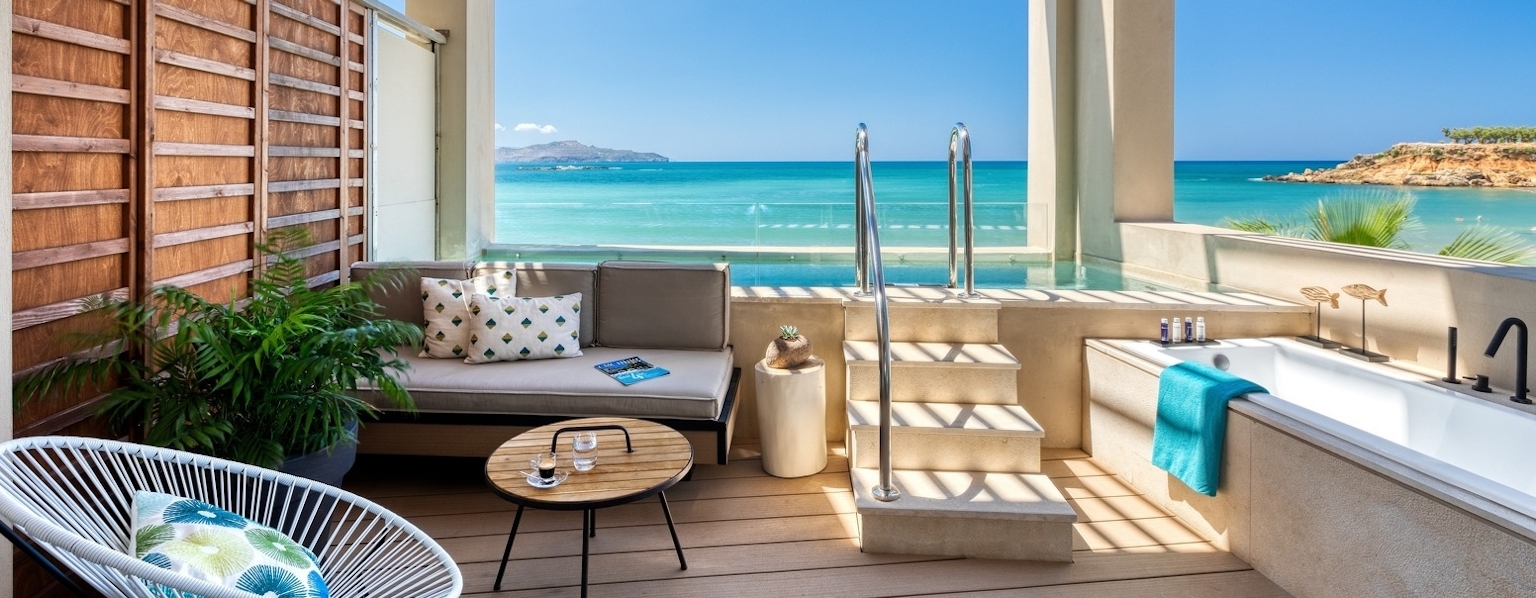Golden Eagle (Aquila Chrysaetos)
This bird is monogamous and forms lifelong partnerships with its mates.

The golden eagle (Aquila chrysaetos) is considered an endangered species and holds the distinction of being the largest predator in Greece, including its presence in Crete.
These eagles have bodies that can reach lengths of up to 90 cm, and their wingspan can extend to an impressive 220 centimetres. They are distinguished by their characteristic golden head and neck, while their bodies and wings are dark in colour, and their legs are covered with feathers.
The golden eagle soars in circular patterns at altitudes of up to 5,000 metres, and its wings form a distinct V shape. Despite its large size, it displays remarkable agility and can swiftly swoop down to the ground at high speeds, often with its wings tightly gathered, particularly during the period before breeding when it establishes the boundaries of its territory.
The golden eagle is a monogamous bird, forming a lifelong bond with one mate. In February, the female typically lays up to 3 eggs, which she incubates in secluded nests. Among the chicks, usually, the strongest one survives as it competes for food and receives the care of its parents for about 11 weeks.
This bird feeds on hares, turtles, partridges, etc. which it finds in forests and valleys. When it does not find this kind of food, it eats small sheep or animal carcasses. Its most impressive feature is that while it weighs 10 kg it can carry up to 7 kg.
Golden eagles face various threats that contribute to their endangerment, including conflicts with shepherds who view them as a threat to their livestock, the ingestion of poisoned prey, habitat degradation that limits their prey availability, and illegal hunting for captivity or other purposes.
The golden eagle is intricately connected to the untamed beauty of Crete, and the local population holds great respect and admiration for this magnificent bird.
The fauna of Crete
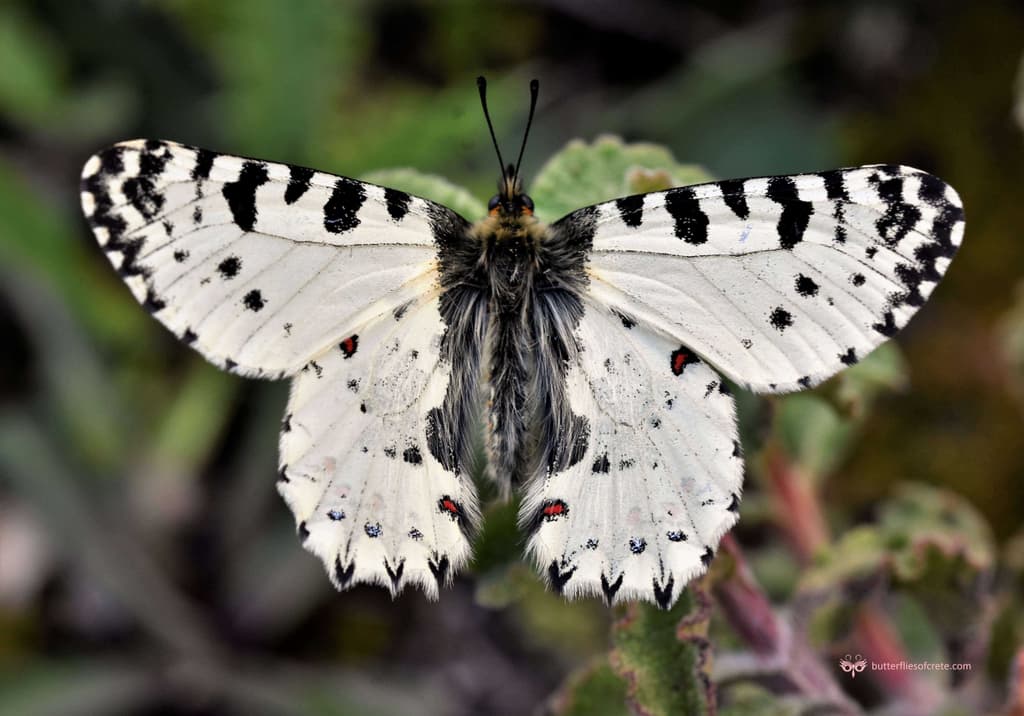
The Cretan endemic butterfly Zerynthia cretica
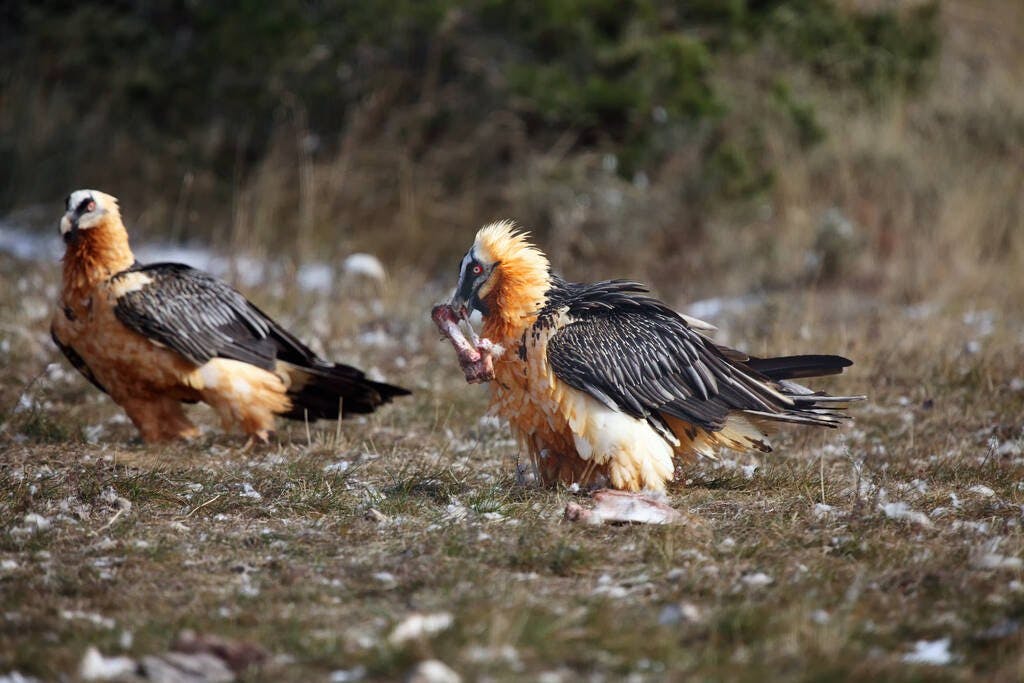
Bearded Vulture (Gypaetus Barbatus)
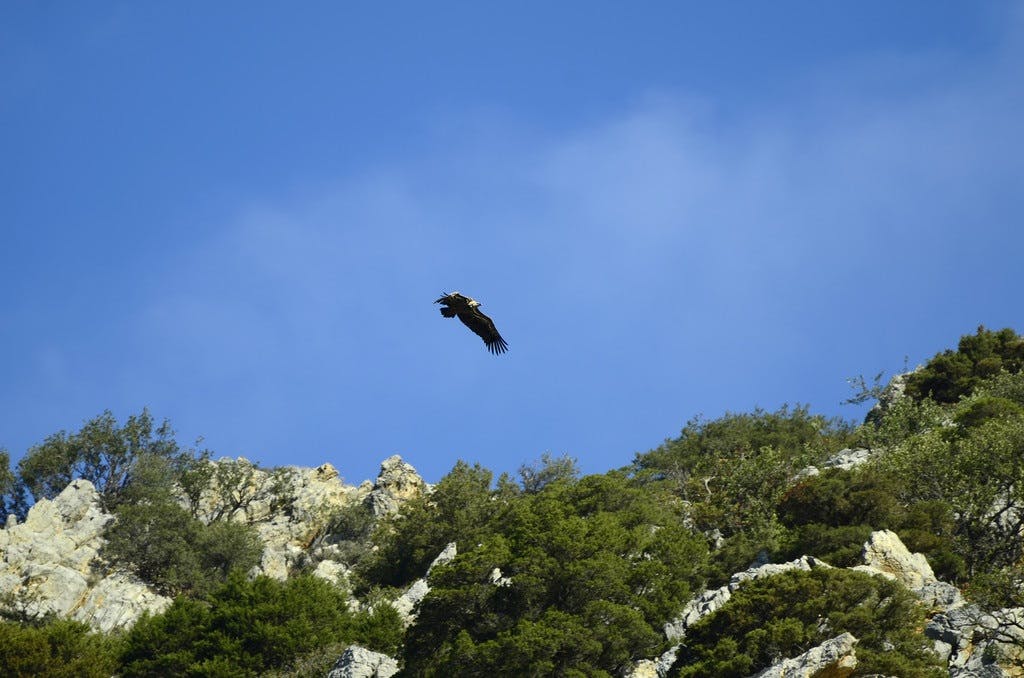
Griffon Vulture (Gyps Fulvus)
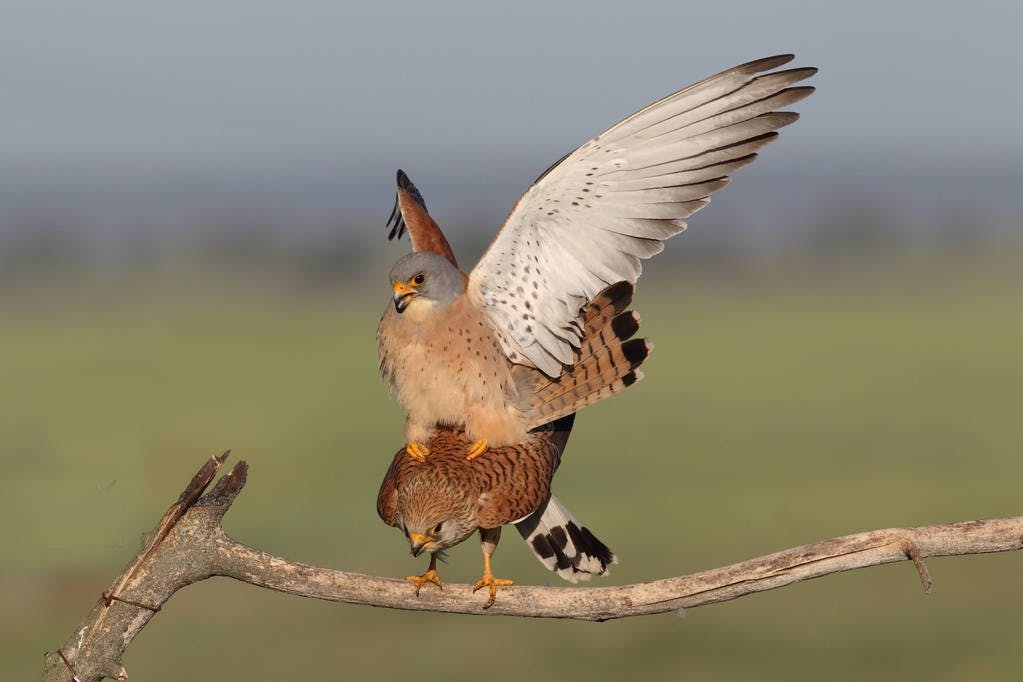
Lesser Kestrel (Falco naumanni)
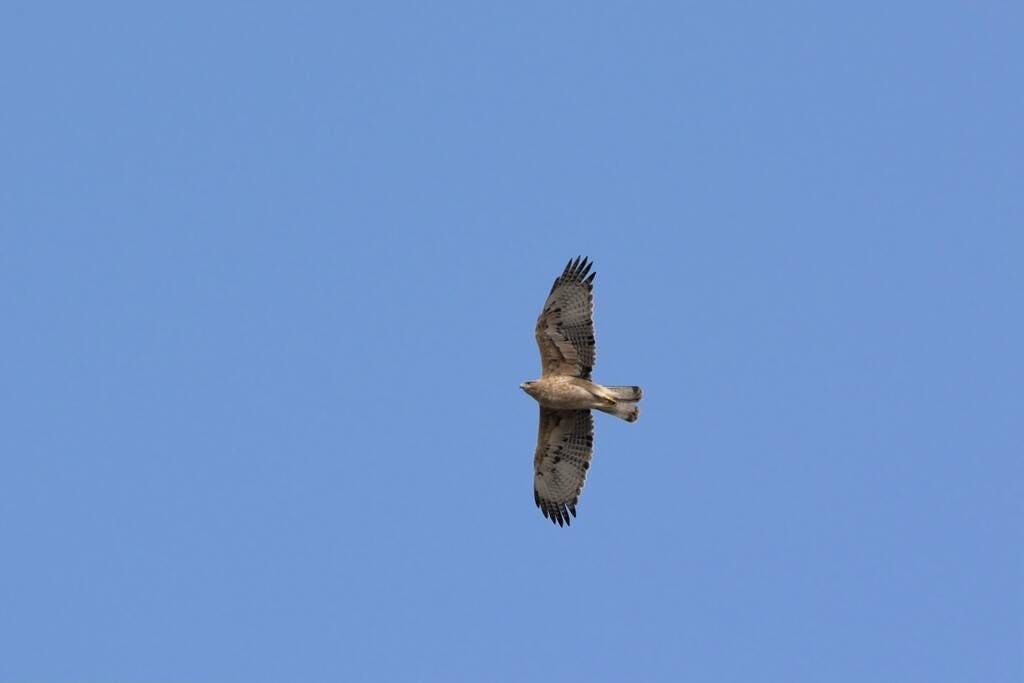
Bonelli's eagle (Aquila fasciata) (Hieraaetus fasciatus)
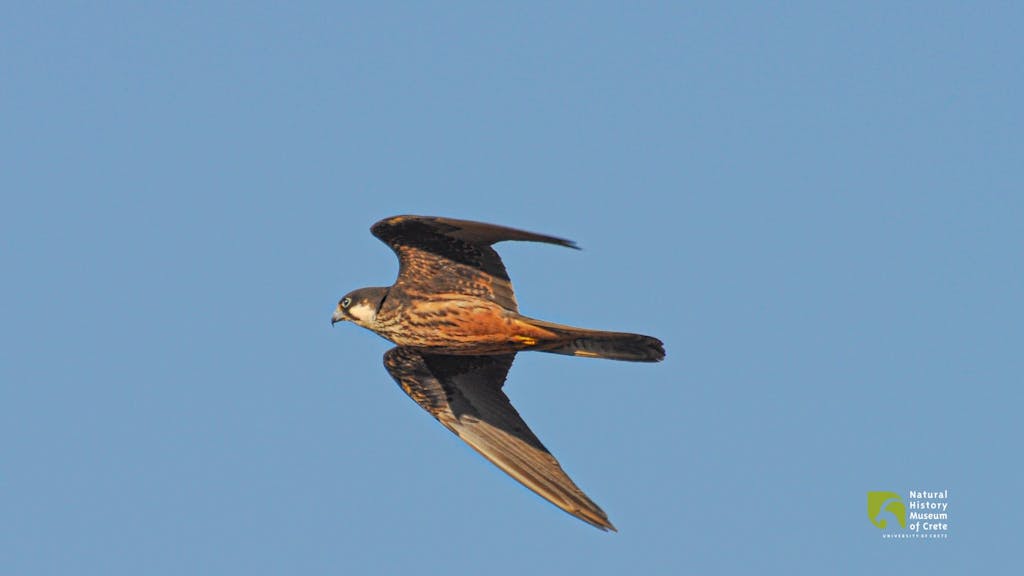
Eleonora's Falcon

The European Rabbit or Coney
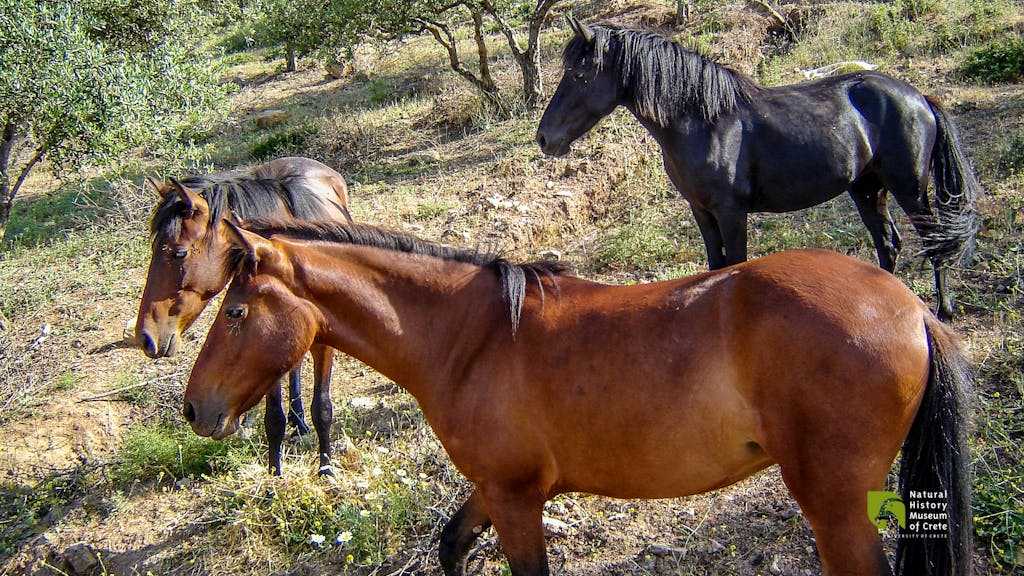
Giorgalidiko: Domestic Horse, North-western European Horse

The Cretan Badger
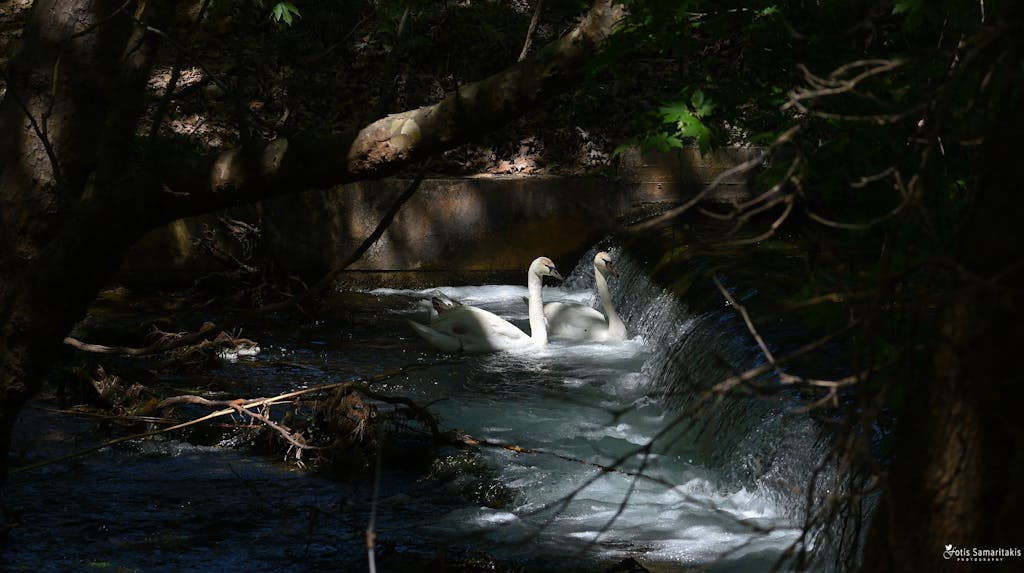
Mute Swan
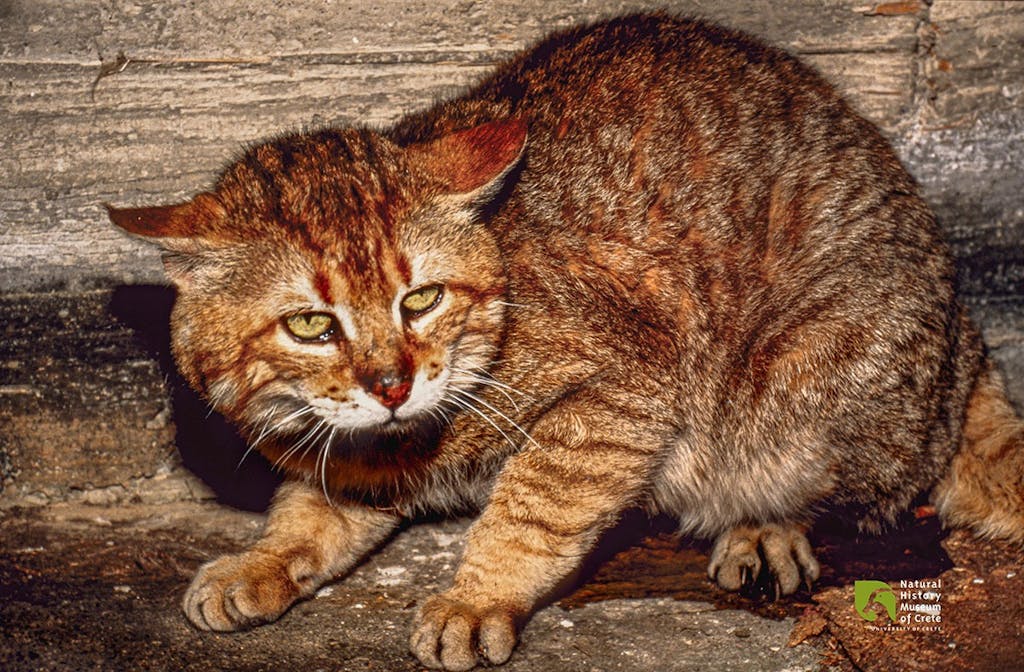
Cretan wildcat
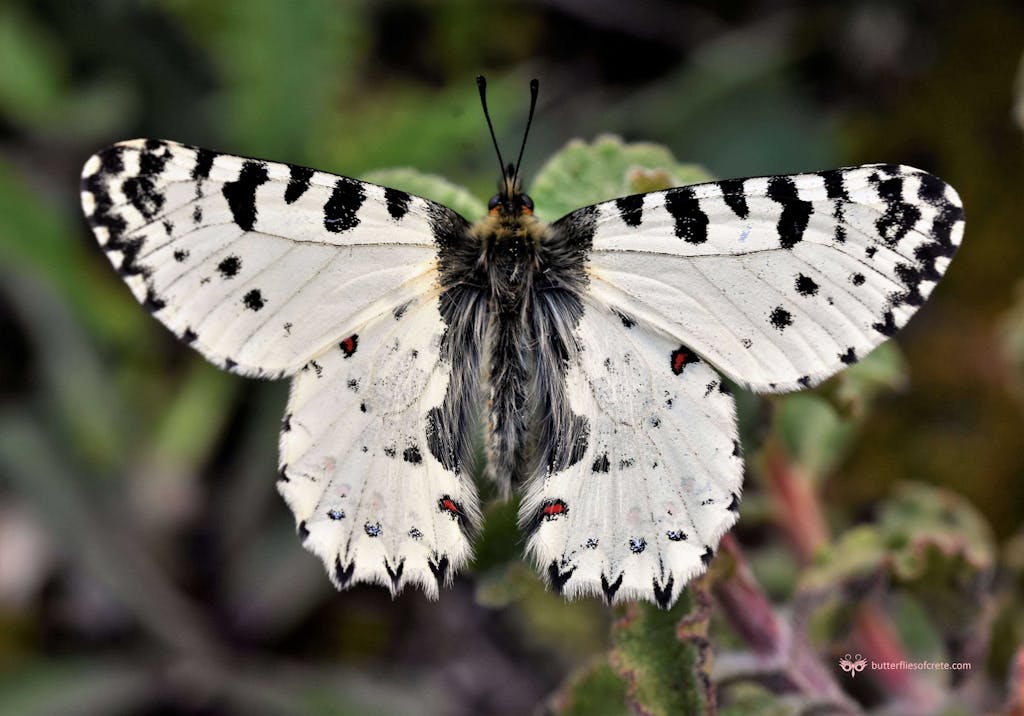
Butterflies and Moths of the island
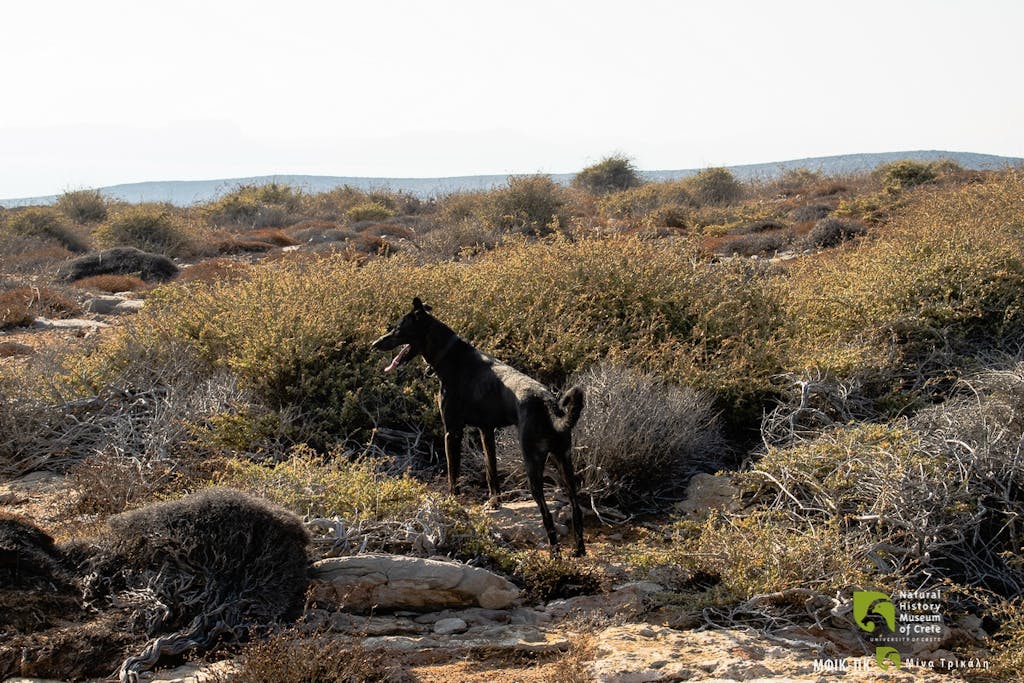
Cretan Tracker: Europe's Oldest Hound, a Gift from Zeus
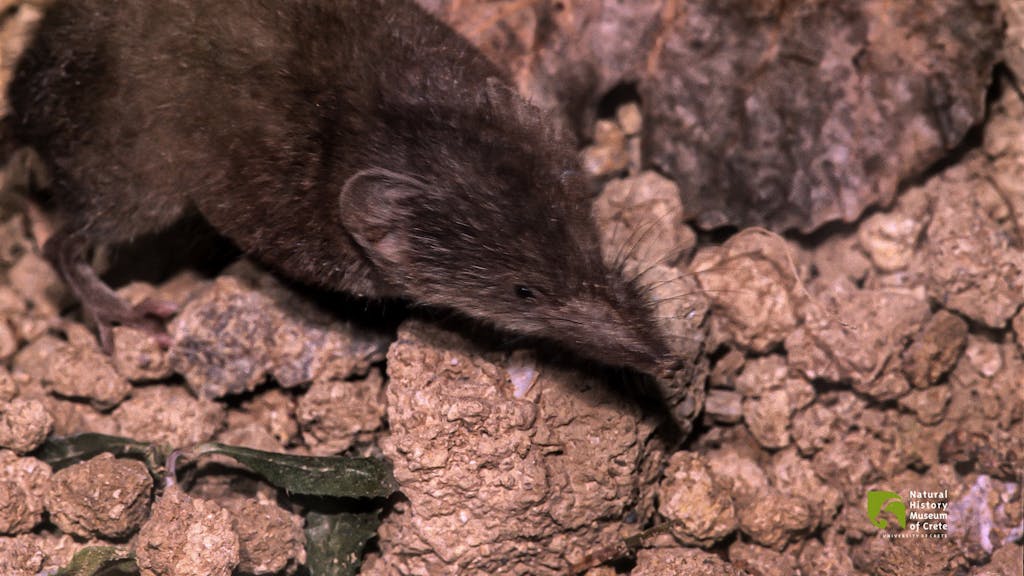
Cretan shrew
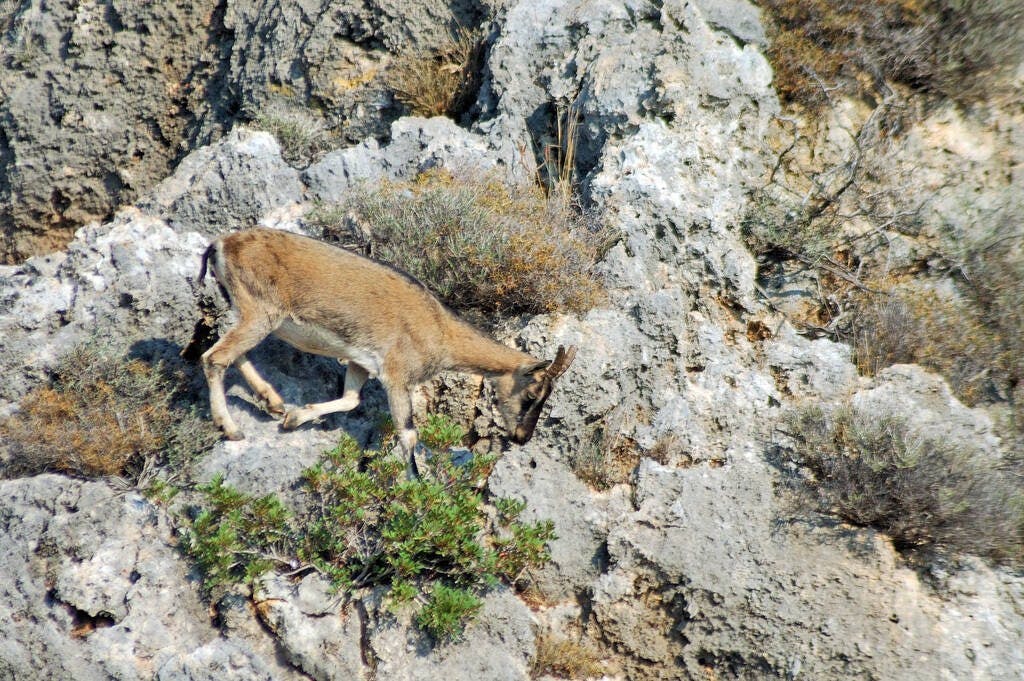
Kri-kri, the Cretan Wild Goat (Capra aegagrus cretica)
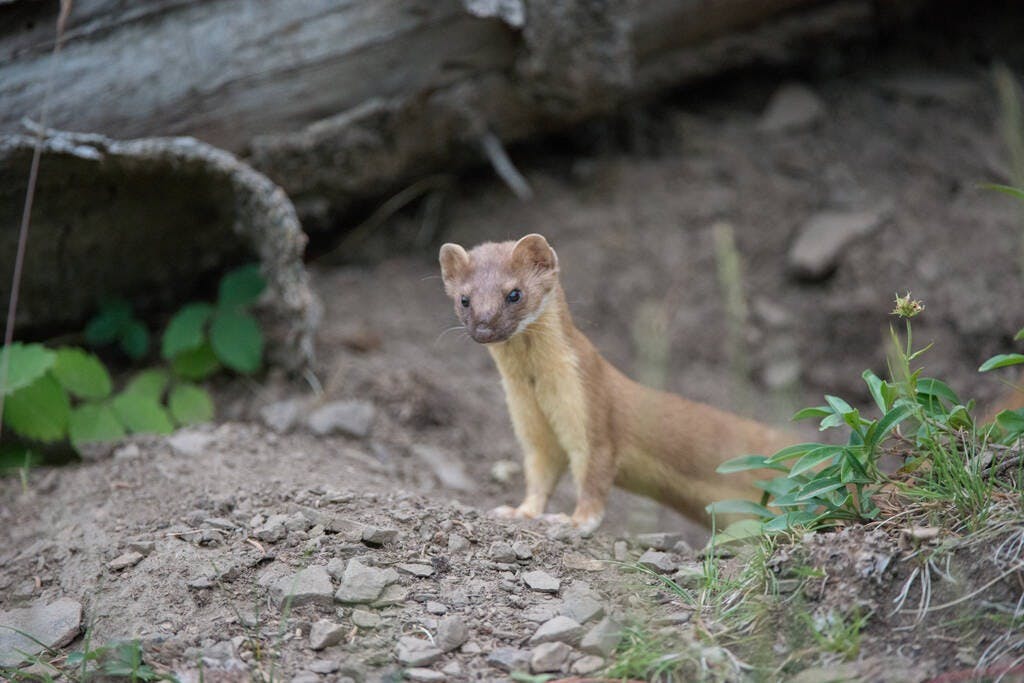
Least Weasel
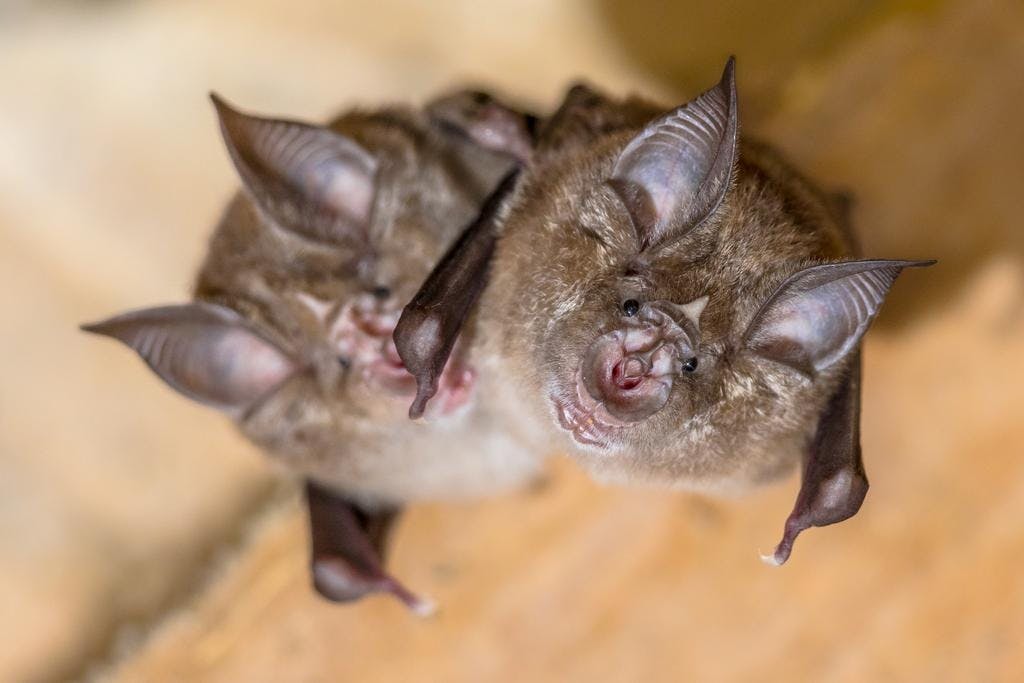
Bats
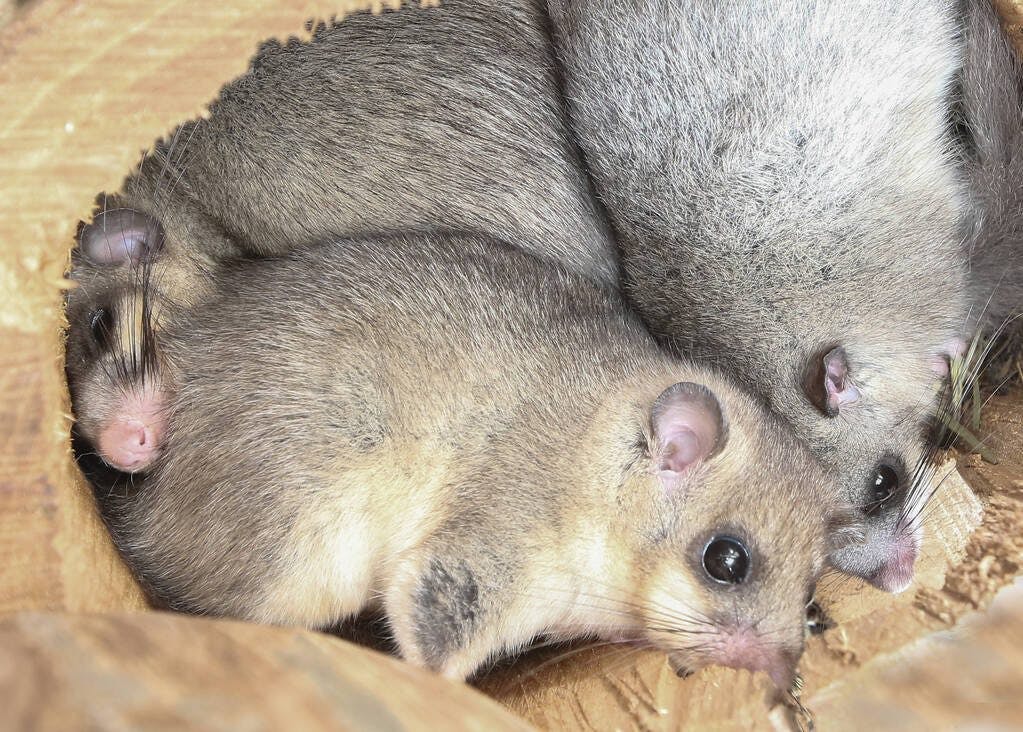
European Fat/Edible Dormouse
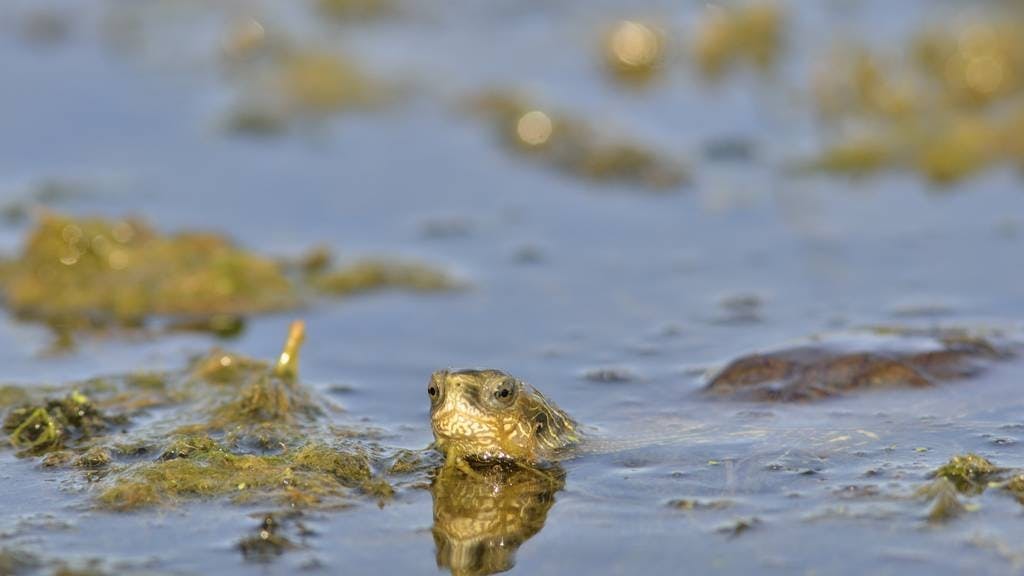
The Balkan Terrapin or Western Caspian Terrapin (Mauremys Rivulata)
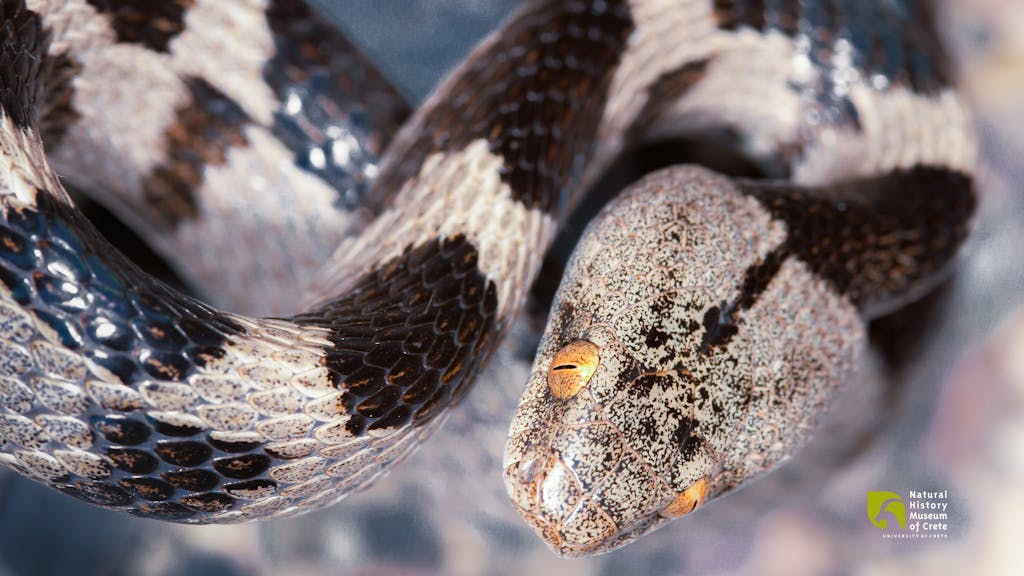
Cat Snake
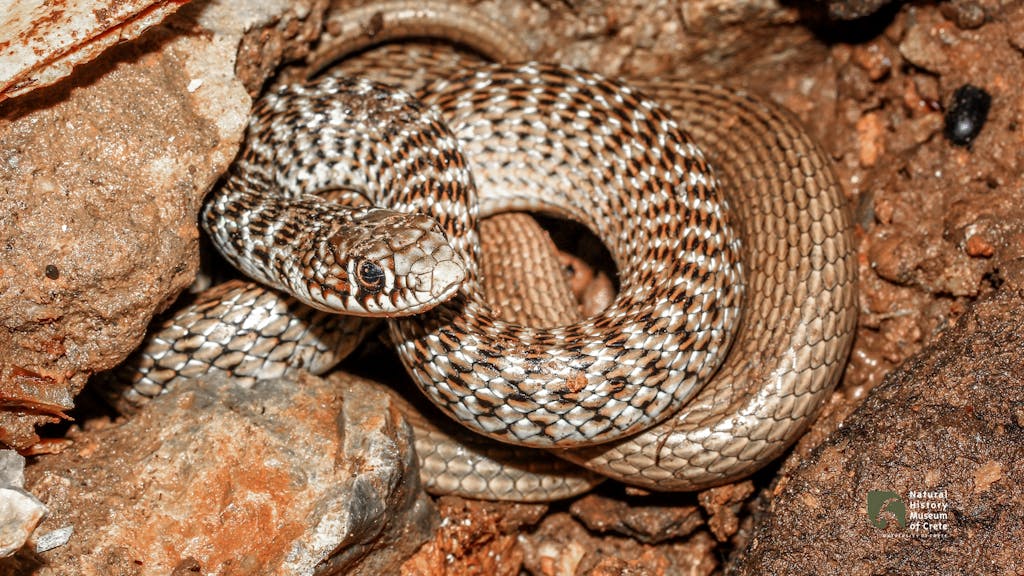
Balkan Whip Snake
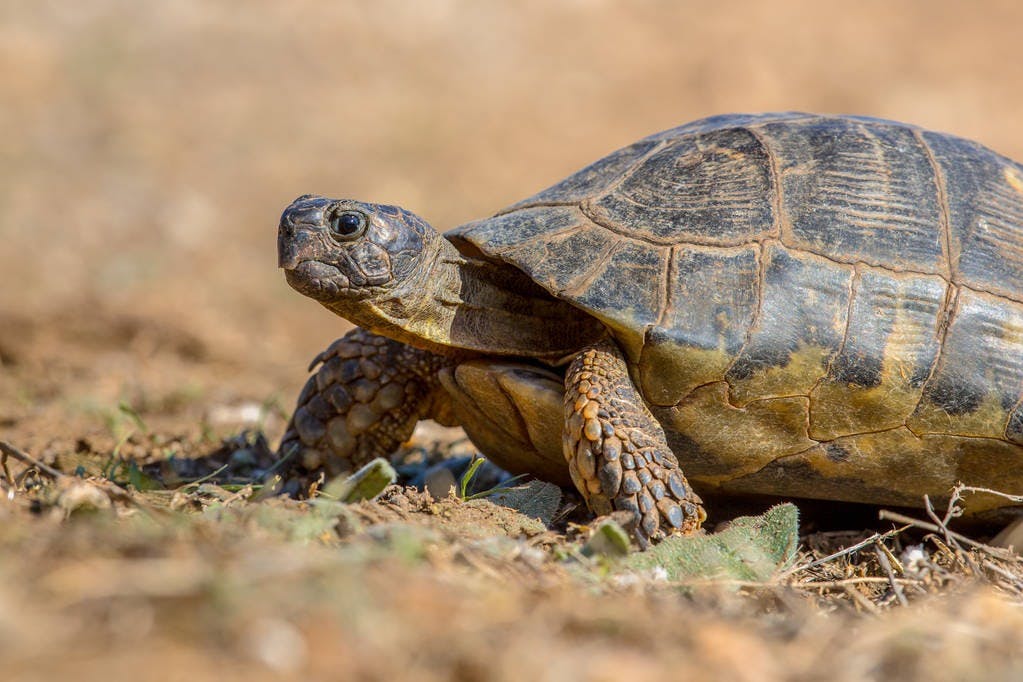
Marginated Tortoise (Testudo marginata)
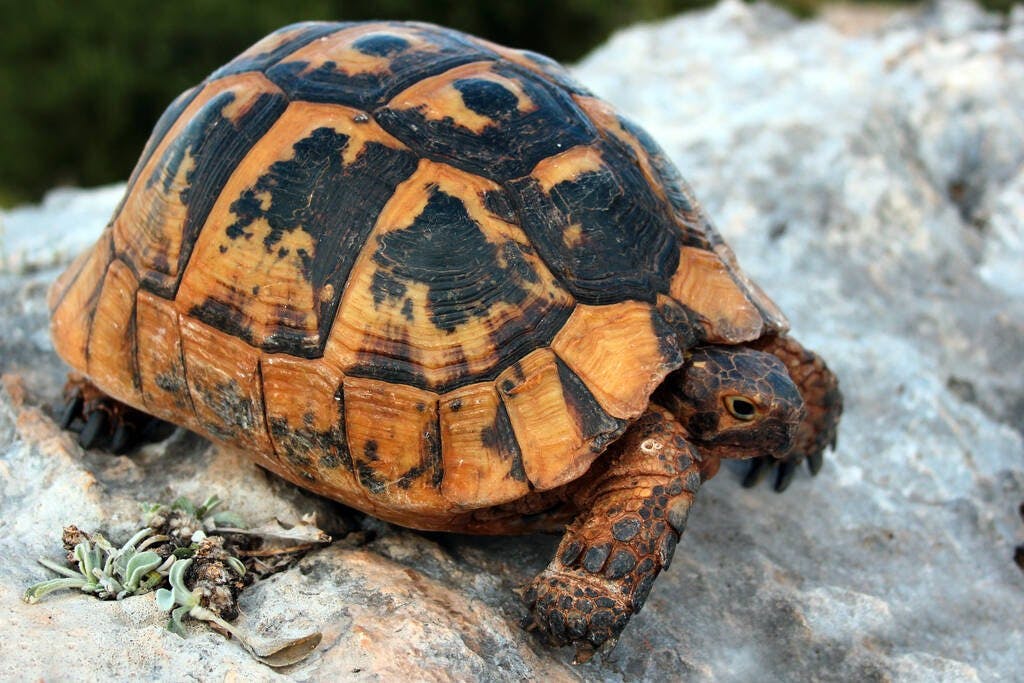
Greek turtle
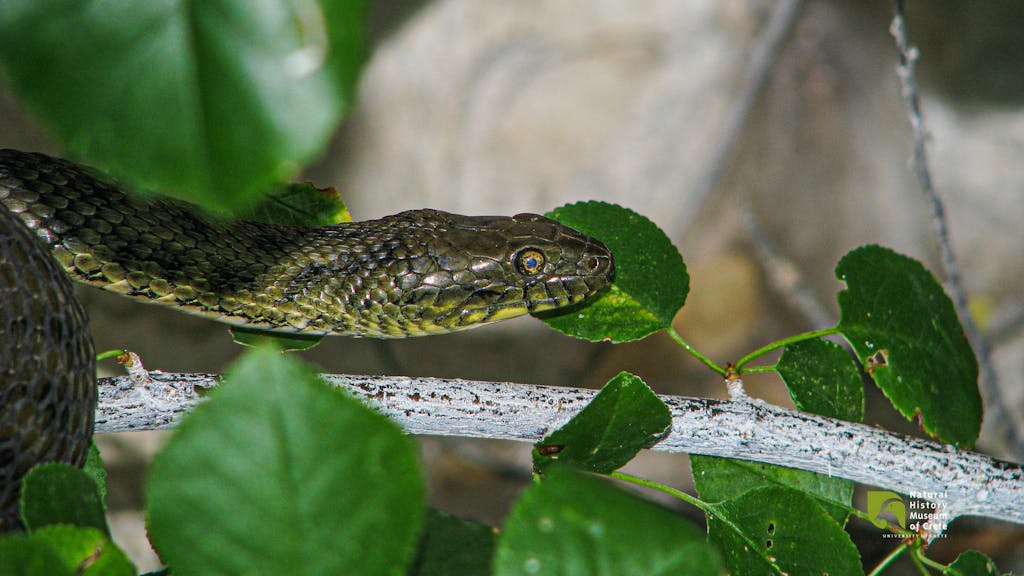
Water Snake
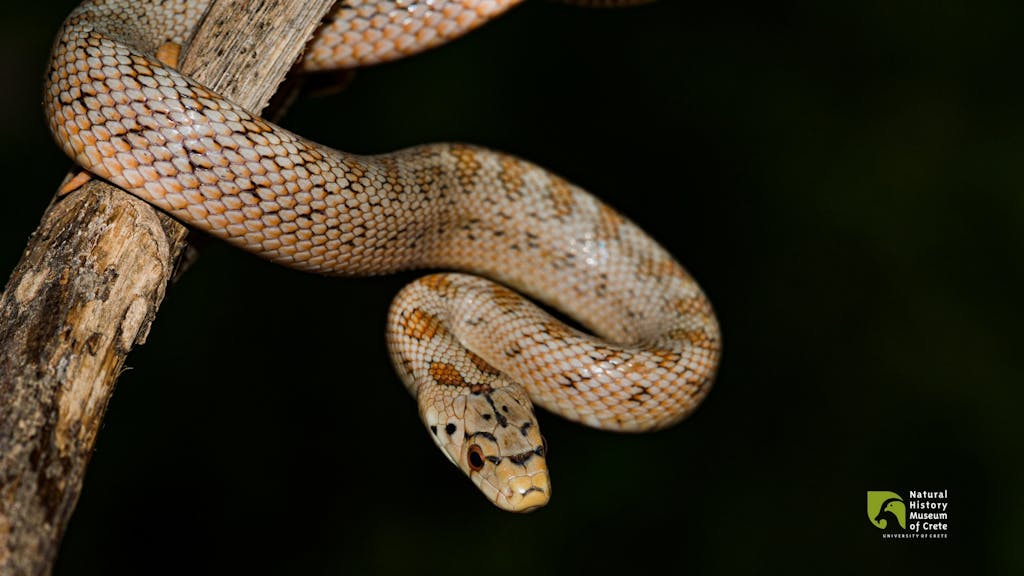
European Ratsnake or Leopard Snake
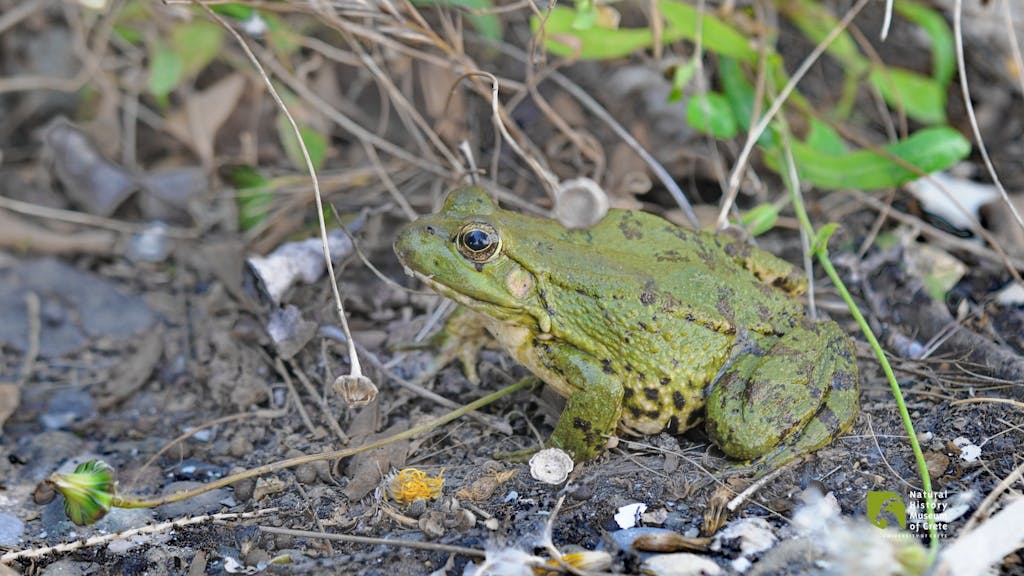
The Bullfrog
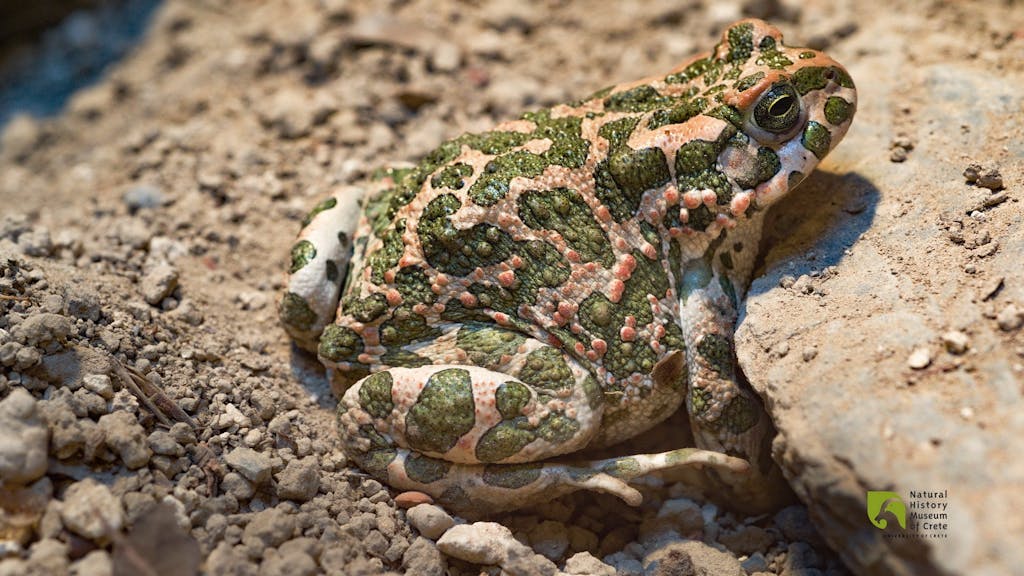
The European Green Toad
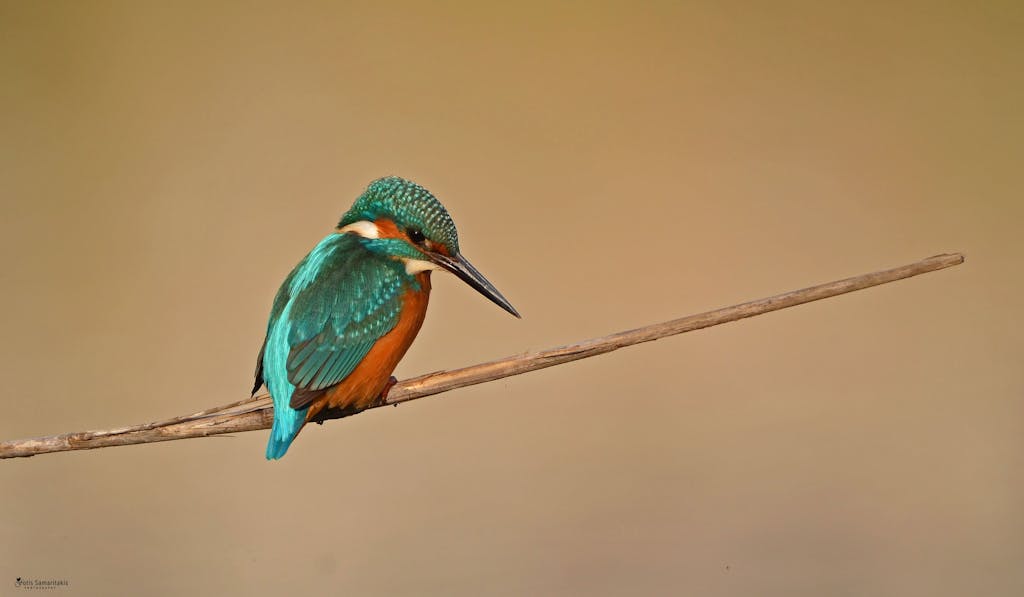
Common Kingfisher
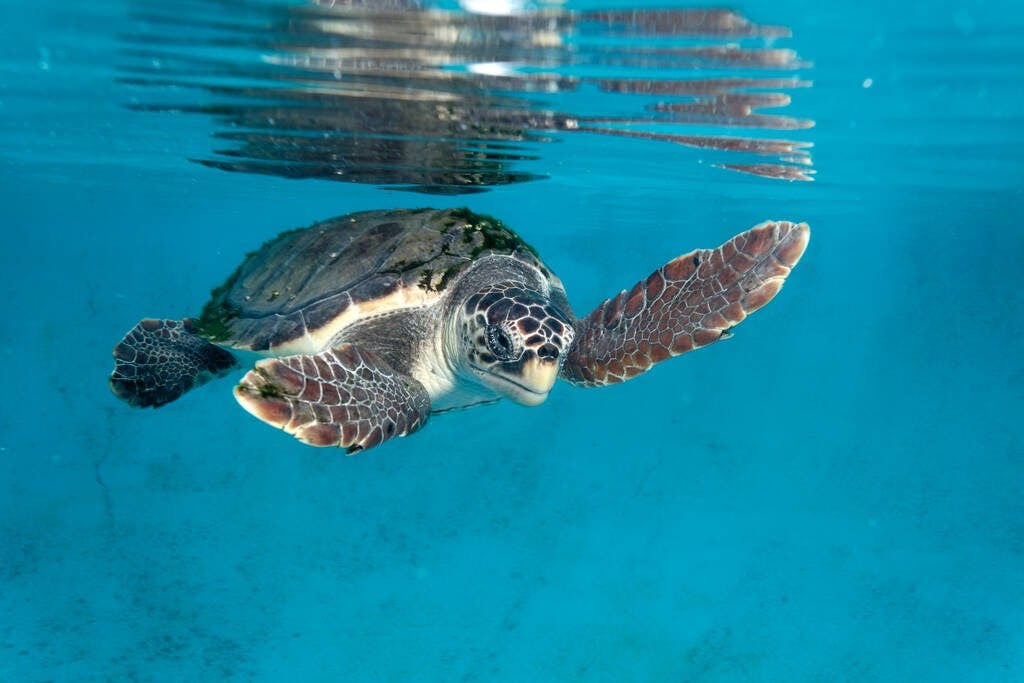
Caretta Caretta (Loggerhead Sea Turtle)
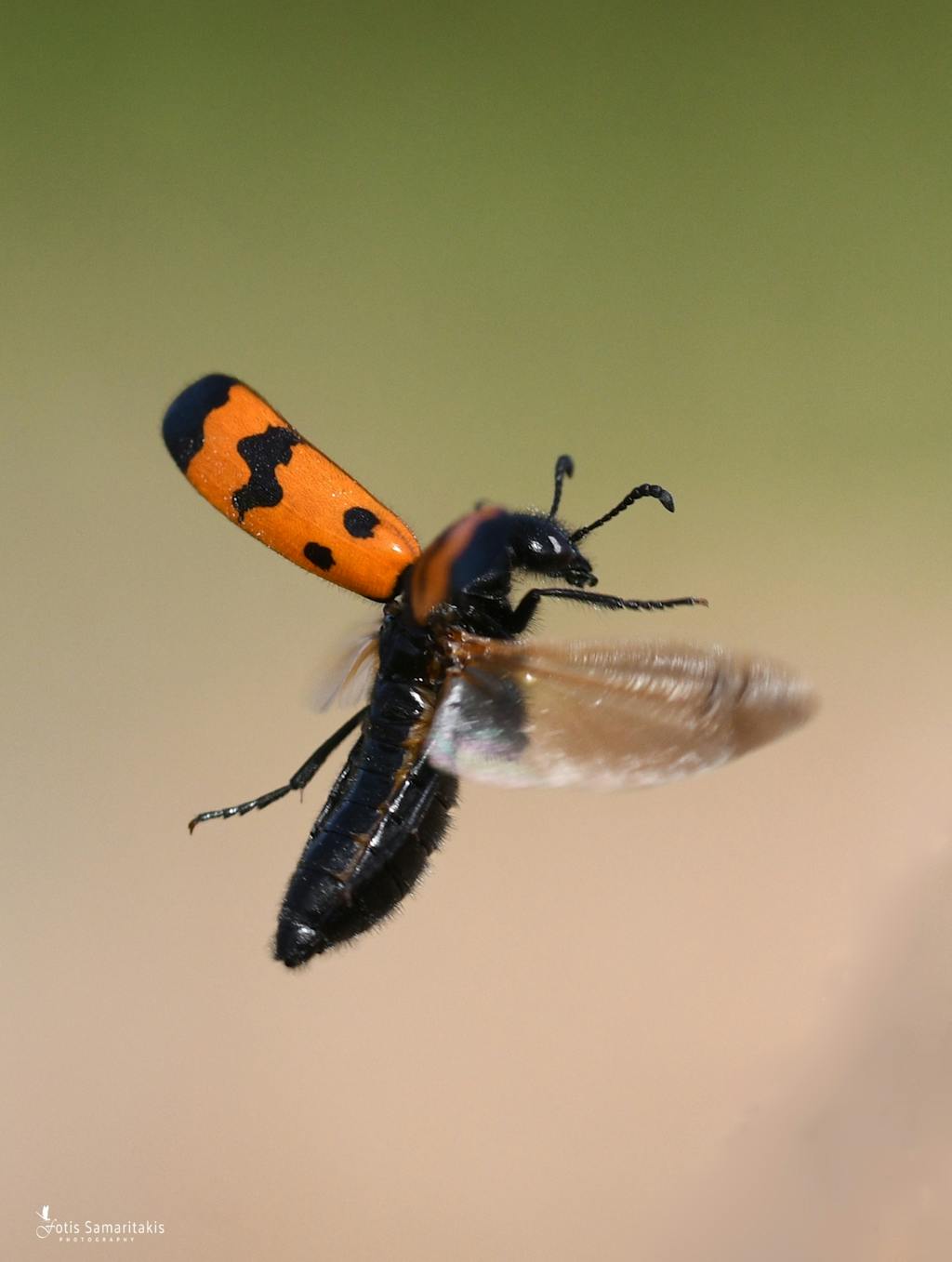
Coleoptera
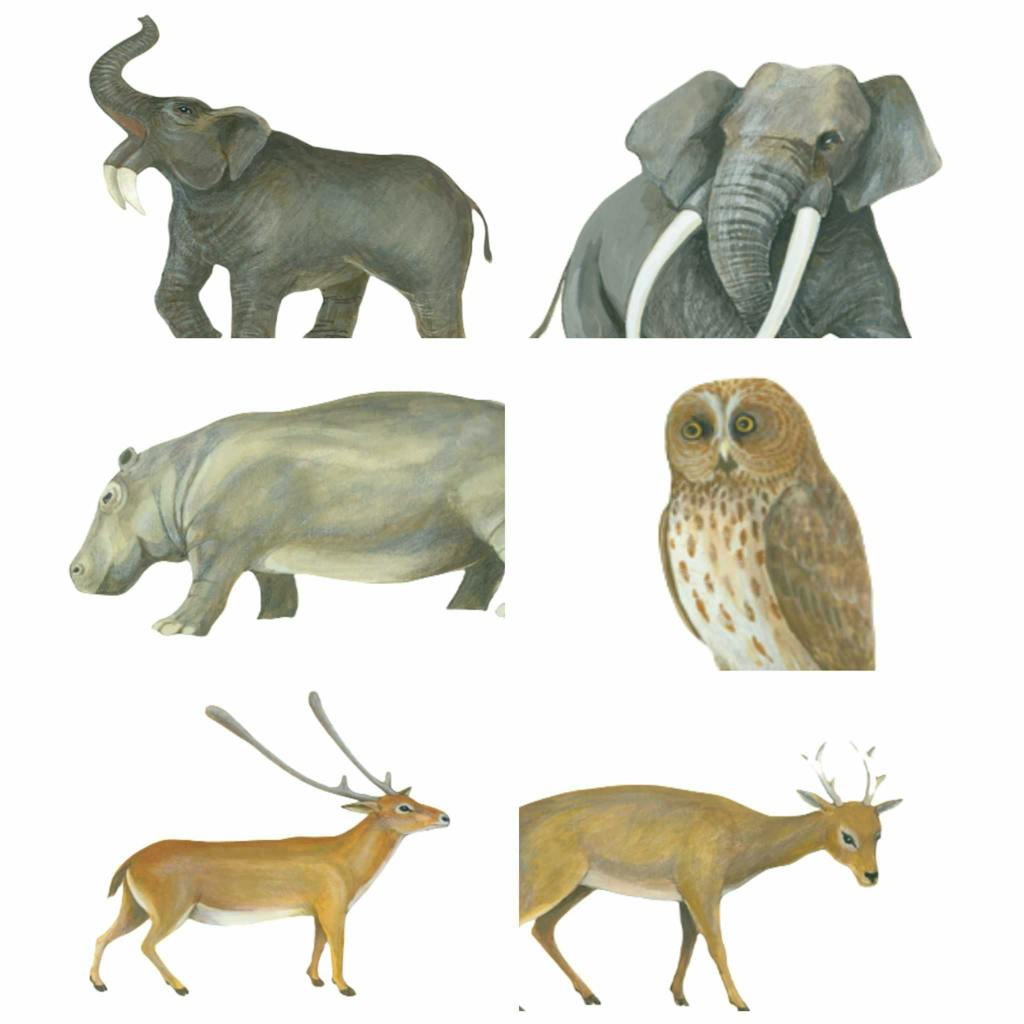
Fossil Vertebrates of Crete
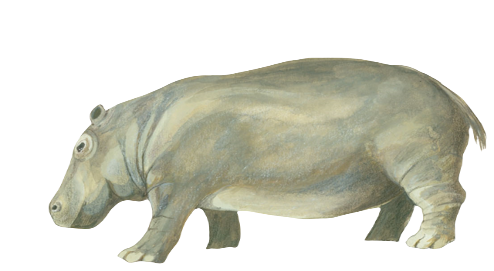
Hippopotamus creutzburgi
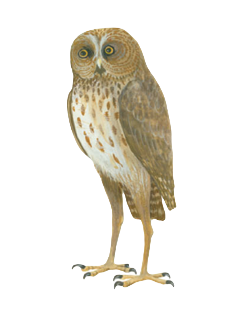
Athene cretensis

Elephas chaniensis
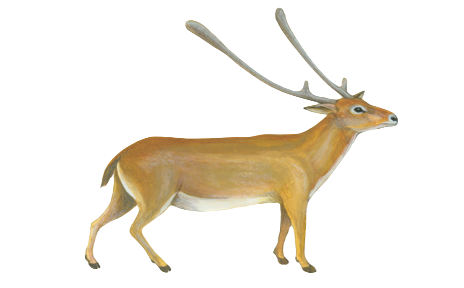
Endemic Pleistocene mammals
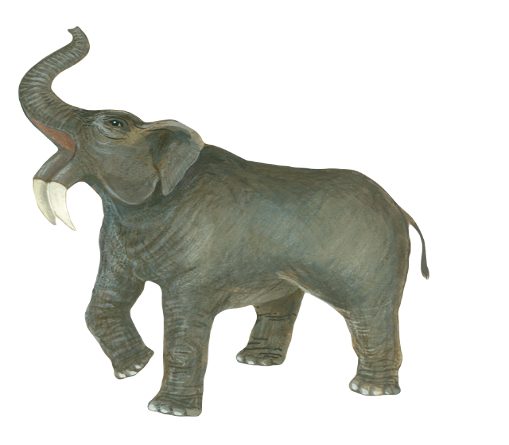
Deinotherium giganteum
